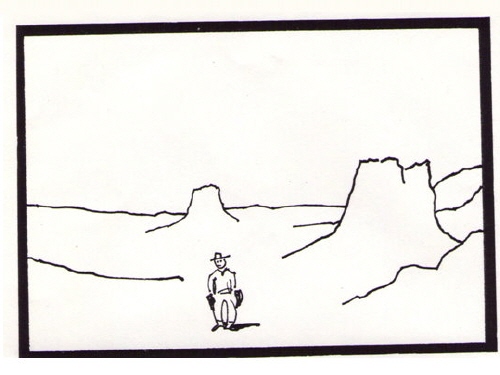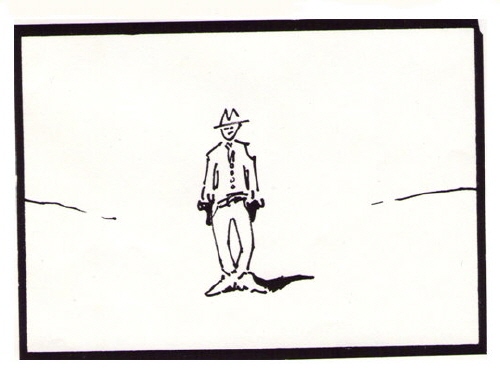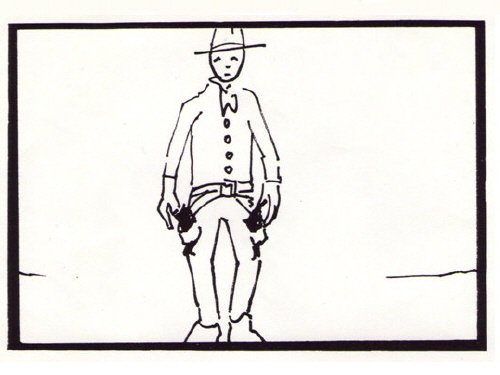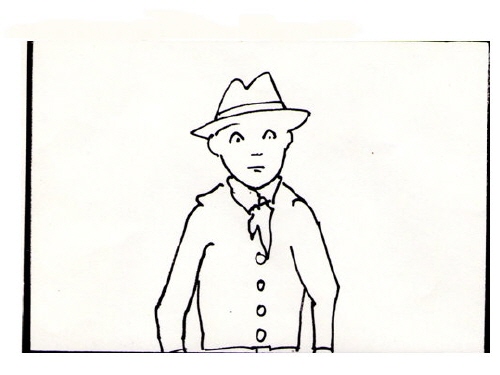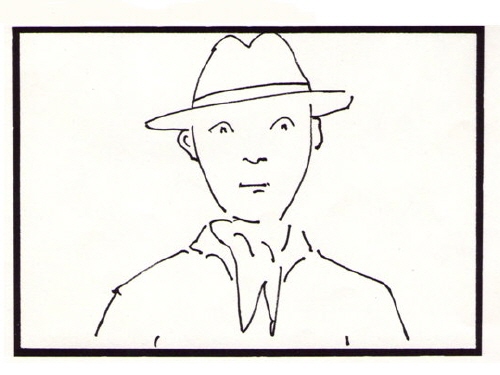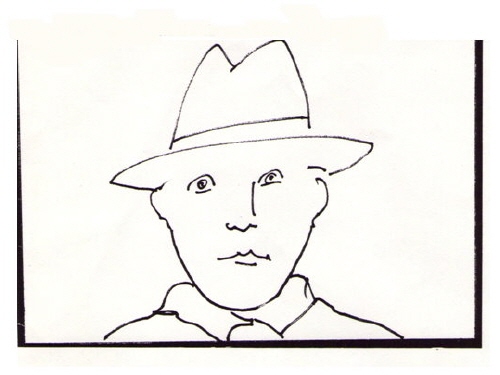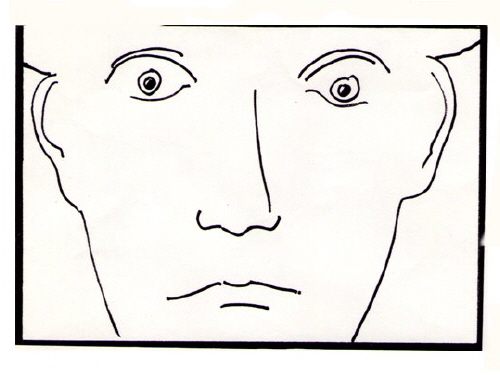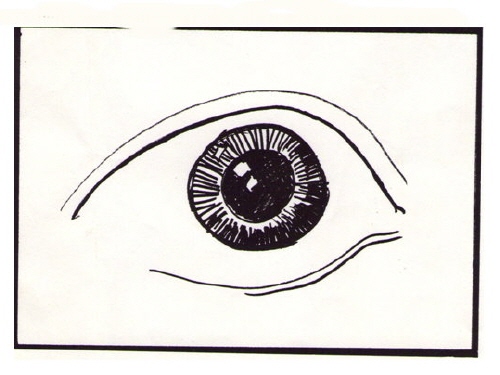Semiotic Analysis of Films
Semiotics- that sounds very complicated and theoretical. Semiotics is the science of the signs. One system of signs we all know is language. Films also uses a kind of language made up by sounds and pictures. What is great about this language is that it is universal. Almost everybody in the world understands the language of film. You all know when you got to do with another language it is easier to understand than to speak. And that is why we want to have a closer look at films and their language. We want to speak this language, tell other people stories, explain things, entertain. I think the best way to learn this language is to have a very close look at films and the signs they are made of. Semiotic film analysis forces you to do this.
Please envision the following scene:
A telephone. Fingers with red nails dial a number. The camera pans to the ear and mouth. The mouth starts to talk:"Hi, dear! Listen, I will be late tonight. Still lots to do. ... Sure, as soon as I can..." During the talk the camera has drawn back, so we first see the man caressing the woman`s neck, then the elegant apartment. At this point the woman has finished her call. The man: "You think he is in any way suspicious?" She:"No worries. Now we got some hours - all for ourselves!" Fade out.
I am sure, you all can almost see the scene in front of your eyes. It is a classical standard situation, seen in many films. I changed the roles a little, just to catch your attention. But even if I have described the scene in detail, I am sure what each of you see in your imagination will be different.
What´s the color of the fingernails? What type of furniture? Who is acting?
It is only natural your brain has to make your own film. Our eyes can process about three million bits a second. Your perception reduces this enormous amount of data, thanks to some tricks to a couple of hundred bits a second. But that is still enough to tell Julia Roberts from Margret Rutherford, and is even enough to tell if somebody is cheating - or acting badly. But what is this against the few bits of a text. The saying " a picture tells more than a thousand words" is very true. And we talk about twenty-five pictures a second!
How are we to manage this flood of information and data? A chemist once told me, perfect analysis allows for synthesis. So with the specific ingredients he can put together the toothpaste he has analyzed. Film analysis will never be able to do this. No description will allow to draw a picture accurately. But then why analyze? The answer is simple: Because this forces us to have a very close look at each cut of the film. One who did just this was none less than Orson Welles. He took the reel of John Fords "Stagecoach" and locked himself in for four weeks in a room with a moviola. After that he shot his first movie: "Citizen Cane"
What he learned was the language of film.
Who starts to shoot his first film is being confronted with a vast amount of chices, complex and puzzling. Which is the right choice? A lot of decisions to be made. From the final film you can tell what was the choice of the filmmaker. But you will not be able to say what was the reason for this decision. And - if what we read from the screen really is what the filmmaker intended to say. So film analysis always means to interpret these decisions, think what might have been the intentions of the filmmaker and judge them. To be able to do so we have to learn which options the author of a film has got.
Since it does not make much sense to analyze a film down to the single grain or pixel, nor the single frame, it will be best to choose what is called a “take” as the smallest unit for our analysis. A take is defined to be between two cuts. Transitions such as a fade are also being defined as cuts. The easiest would be to have a fixed take; no camera movement, things just happening within the frame the camera has set. But very often we have camera movements such as pans, a movement of the camera, a zoom, so the take has to be defined between two cuts or transitions. Once we have defined our take, we have to state how the camera is set, what it shows us. To then find out why it is set the way it is set and why it just shows what we see. The most important choice the filmmaker or cameraman has to take is the framing. The options are the following:

